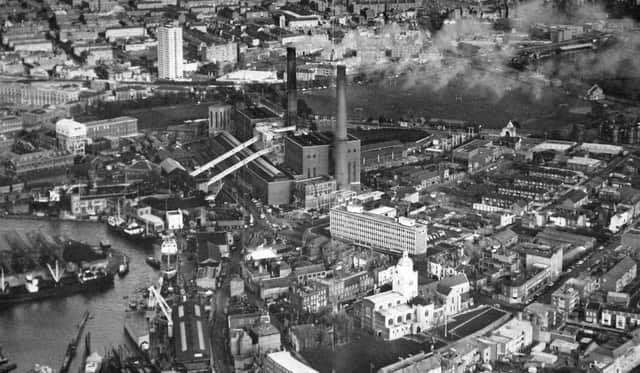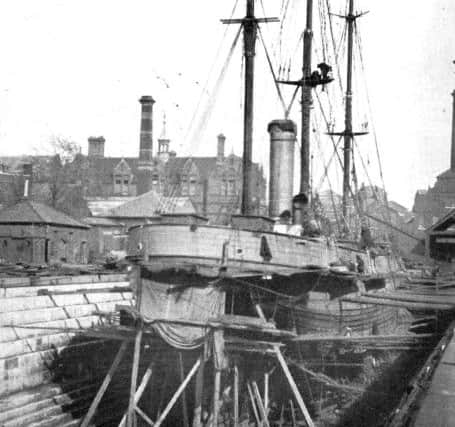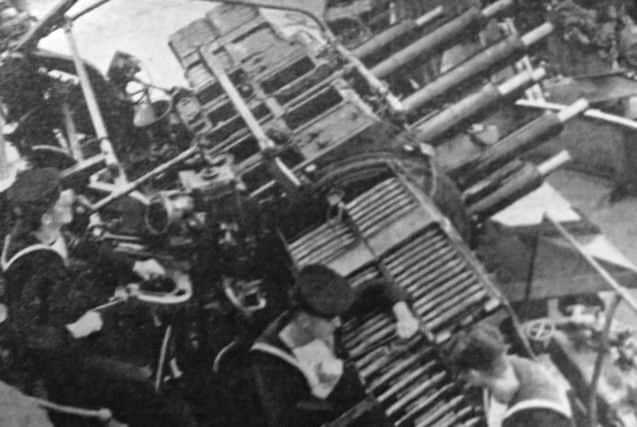NOSTALGIA: Best view in Portsmouth '“ if you had a head for heights


Stephen Payne has followed up my suggestion by sending me this view of Discovery in dry dock in 1925 when under reconstruction.
It is the same dock that was taken over the following year by the electricity board for the unloading of coal for the power station. The extension to the station was built over the buildings to the rear, colliers unloaded in this dock and coal was transferred by large covered conveyor belt over Gunwharf Road. The extension opened in 1927.
Advertisement
Hide AdAdvertisement
Hide AdA rigger can be seen sitting on the trestle tree of the main mast with others working on the main top below him.


As can be seen, the ship had a clinker hull.
The photograph of Old Portsmouth also comes from Stephen Payne, and what a difference 50 years makes.
It was taken in 1969 when the power station was in full working order, the Camber was full of shipping and HMS Vernon held sway.
To the left of the darker chimney on the far side of the railway line with the white roof is the Ladybird clothes factory. Landport Gate can be seen on the far right.


Advertisement
Hide AdAdvertisement
Hide AdWhere the recently improved Isle of Wight car ferry now is a collier unloading coal for the power station which would be transferred on those conveyor belts seen passing over Gunwharf Road.
• No doubt you have all seen archive film from the Second World War where incoming attacking aircraft have been repelled by the devastating fire from multi -barrel, quick-firing pom-pom guns. It must have been a brave pilot to dive on to a ship with hundreds of shells coming at them.
Royal Navy gunners christened them Chicago pianos. The sound when firing was a very distinctive banga, banga, banga, banga.
These close range anti-aircraft guns featured a large magazine with 140 rounds per gun on an eight-barrelled mount.


Advertisement
Hide AdAdvertisement
Hide AdI have spoken to several former sailors who served at the time and they think this might be a posed photograph as the sailors are not wearing hard hats or anti-flash gear as they might when under attack.